Bannertail corydoras - Corydoras robinae
Scientific name: Corydoras robinae
Common name: Bannertail corydoras
Family: Callichthyidae
Usual size in fish tanks: 4 - 5 cm (1.57 - 1.97 inch)
014
Recommended pH range: 6.3 - 7.7
Recommended water hardness: 5 - 18°N (89.29 - 321.43ppm)
0°C 32°F30°C 86°F
Recommended temperature range: 22 - 25 °C (71.6 - 77°F)
The way how these fish reproduce: Spawning
Where the species comes from: South America
Temperament to its own species: peaceful
Temperament toward other fish species: peaceful
Usual place in the tank: Bottom levels
Food and Feeding
Bannertail Corydoras are omnivorous and thrive on a varied diet. Provide a staple diet of high-quality sinking pellets or flakes, supplemented with occasional treats like bloodworms, brine shrimp, or daphnia twice a week. Feeding them in the evening aligns with their natural activity patterns, ensuring they can forage comfortably in a community setting.
Origin
Native to South America, Bannertail Corydoras are primarily found in the freshwater systems of Brazil and Peru. These regions are characterized by soft, slightly acidic to neutral water, with dense vegetation providing natural hiding spots. The rivers they inhabit often feature sandy substrates, ideal for their bottom-dwelling behavior.
Sexing
Sexing Bannertail Corydoras is straightforward when they reach maturity. Females are larger and exhibit a plumper body shape when viewed from above. Males, by contrast, are slimmer and more streamlined.
Breeding
Breeding Corydoras robinae in captivity is notably challenging, and most specimens available in stores are wild-caught. In their natural habitat, they reproduce by scattering eggs on plants, substrate, and other surfaces, such as rocks. This method of reproduction ensures that eggs are distributed across multiple areas, increasing the likelihood of survival in the wild. To attempt breeding in an aquarium, provide a well-planted tank with excellent water quality and mimic seasonal changes by performing cooler water changes. Additionally, ensure that suitable surfaces, such as broad-leaf plants or smooth decorations, are available for egg attachment. However, even under ideal conditions, successful breeding is rare.
Lifespan
With proper care and a stable environment, Bannertail Corydoras can live for 3-5 years. Maintaining a clean, well-filtered tank and offering a balanced diet contribute significantly to their longevity.
Tank Setup and Behavior
Bannertail Corydoras thrive in peaceful, planted aquariums with plenty of hiding spots created by driftwood, rocks, and dense vegetation. A sandy or fine gravel substrate is essential to protect their sensitive barbels, which they use for foraging. These social fish should always be kept in groups of at least five individuals, as solitary Corydoras can become stressed or inactive.
They are bottom dwellers and spend much of their time sifting through the substrate for food. Their peaceful nature makes them ideal tank mates for other non-aggressive fish, such as small tetras, rasboras, or other bottom-dwelling species.
Short Description
Corydoras robinae, also known as the Bannertail Corydoras, is a rare and sought-after species among aquarists. Their attractive appearance, peaceful temperament, and compatibility with community tanks make them a desirable addition for experienced and beginner hobbyists alike. Due to their rarity, they are often priced higher than more common Corydoras species. Their care requires attention to substrate type, water quality, and the inclusion of hiding spaces to mimic their natural habitat.
Pictures
Bought by aqua-fish.net from jjphoto.dk.
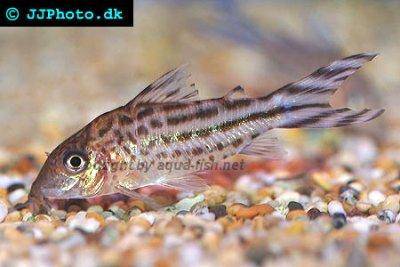






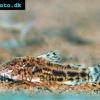 Aspidoras
Aspidoras 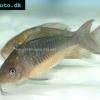 Giant
Giant 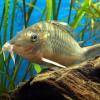 Hognosed
Hognosed 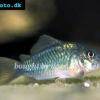 Emerald
Emerald 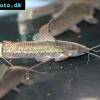 Cascarudo
Cascarudo 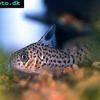 Acre
Acre 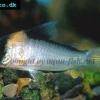 Adolfo’s
Adolfo’s 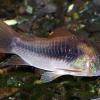 Bronze
Bronze 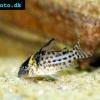 Agassizii’s
Agassizii’s 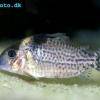 Spotted
Spotted 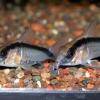 Skunk
Skunk 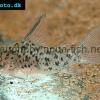 Corydoras
Corydoras 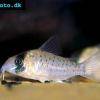 Fairy
Fairy 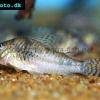 Corydoras
Corydoras 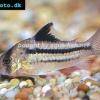 Pink
Pink 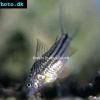 San
San 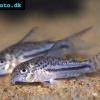 Bond’s
Bond’s  Spotted
Spotted 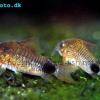 Tailspot
Tailspot 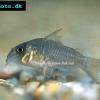 Concolor
Concolor 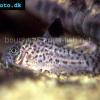 Cope’s
Cope’s 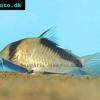 Sand’s
Sand’s 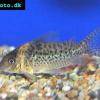 False
False 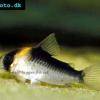 False
False 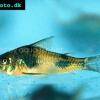 Ehrhardt’s
Ehrhardt’s 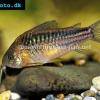 Elegant
Elegant 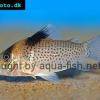 Saddle
Saddle 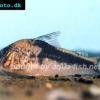 Fowler’s
Fowler’s 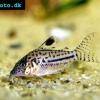 Gomezi
Gomezi 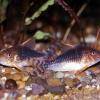 Palespotted
Palespotted 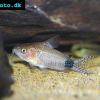 Guapore
Guapore 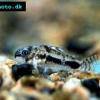 Dainty
Dainty 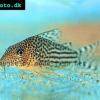 Mosaic
Mosaic 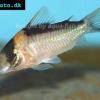 Imitator
Imitator 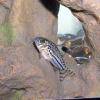 Julii
Julii 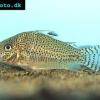 Leopard
Leopard 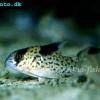 Black
Black 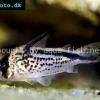 Slant-bar
Slant-bar 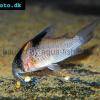 Bluespotted
Bluespotted 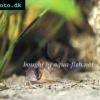 False
False 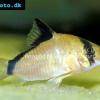 Bandit
Bandit 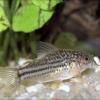 Mini
Mini 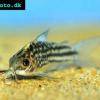 Napo
Napo 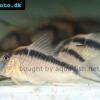 Corydoras
Corydoras 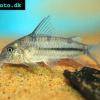 Blue
Blue 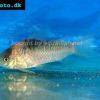 Nijssen’s
Nijssen’s 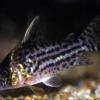 Ornate
Ornate 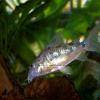 Peppered
Peppered 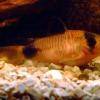 Panda
Panda 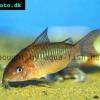 Albertini
Albertini 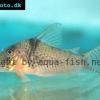 Pastaza
Pastaza 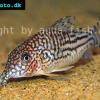 Corydoras
Corydoras 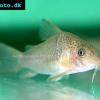 Many-spotted
Many-spotted 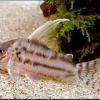 Pretty
Pretty 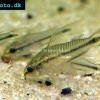 Dwarf
Dwarf 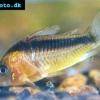 Iridescent
Iridescent 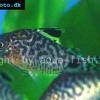 Reticulated
Reticulated 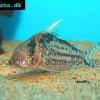 Robust
Robust 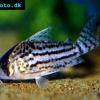 Schwartz’s
Schwartz’s 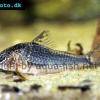 Black
Black 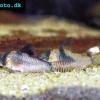 Longnosed
Longnosed 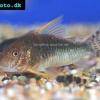 Seuss’
Seuss’ 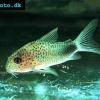 Smudge
Smudge 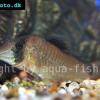 Masquerade
Masquerade 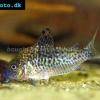 False
False 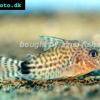 Millenium
Millenium 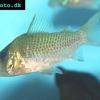 Pinkthroat
Pinkthroat 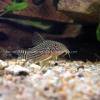 Sterba’s
Sterba’s 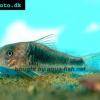 Longsnout
Longsnout 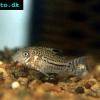 False
False 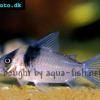 Miguelito
Miguelito 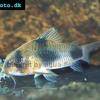 Twosaddle
Twosaddle 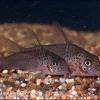 Xingu
Xingu 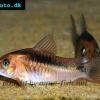 Black
Black 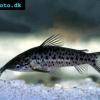 Porthole
Porthole 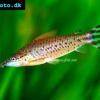 Flagtail
Flagtail 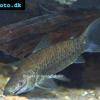 Brown
Brown 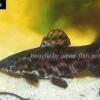 Spotted
Spotted